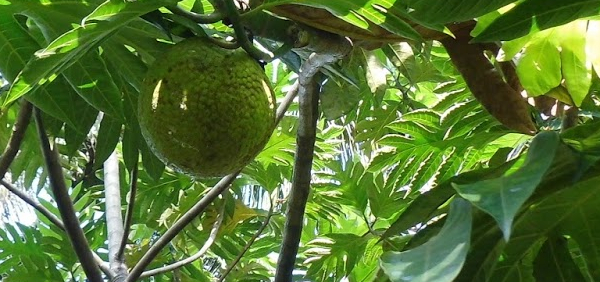Yawani:
 Bishop’s Weed is valued for its antispasmodic, stimulant, tonic and carminative properties. It is administered in flatulence, atonic dyspepsia and diarrhea, and often recommended for cholera. In the Unani system, the herb is used as a drug to enhance the bodys resistance, and is prescribed in amoebiasis, a parasitic infection of the intestines. It is a potent antimicrobial agent.
Bishop’s Weed is valued for its antispasmodic, stimulant, tonic and carminative properties. It is administered in flatulence, atonic dyspepsia and diarrhea, and often recommended for cholera. In the Unani system, the herb is used as a drug to enhance the bodys resistance, and is prescribed in amoebiasis, a parasitic infection of the intestines. It is a potent antimicrobial agent.Ajowan is much valued for its antispasmodic, stimulant, tonic and carminative properties. It is administered in flatulence, atonic dyspepsia and diarrhea, and often recommended for cholera. In the Unani system, ajowan is used as a crude drug to enhance the body resistance, and is prescribed in amebiasis. It is a potent antimicrobial agent.
Taxonomical Classification
Kingdom: Plantae - Plants
Family: Salvadoraceae
VERNACULAR NAMES
English: noneSynonyms
Synonyms in Ayurveda: pilu, shatasahasrami, tikshna, karabhapriya, sahasrangi, gudaphalaCultivation:
It is cultivated throughout most of India.Phytochemistry:
The alcoholic extract was found to contain a highly hygroscopic saponin, with a hemolytic index of 500. A yellow, crystalline flavone (m.p. 291-94°) and a steroidal substance (m.p.140-50°) have also been isolated from the fruits1. The principal constituents of the essential oil from the fruits are the phenols, mainly thymol and some carvacrol. The Indian Pharmacopoeia requires ajowan oil to contain not less than 40 per cent thymol. The remainder of the oil is called thymene. Thymene, which constitutes c.45 per cent of the oil, has the following composition: p-cymene, 50-55; g-terpinene, 30-35; a- and ß-pinenes, 4-5; and dipentene, 4-6%. Presence of minute mounts of camphene, myrcene and D3-carene is also reportedPHARMACOLOGY:
The principal constituents of Bishops Weed oil are the phenols, mainly thymol and some carvacrol. Thymol is a powerful antiseptic and antifungal agent. It is an ingredient in deodorant, mouthwashes and toothpastes. The aqueous portion, left after the separation of the essential oil, is known as omum-water and is prescribed in flatulence and gripe, especially in children (Indian Medicinal Plants—An Illustrated Dictionary, C.P.Khare. 666. 2007).Preliminary pharmacological studies of the oil indicated that it had a parasympathomimetic effect and produced contraction of the isolated ileum, tracheal chain and bronchial musculature in guinea pigs. It depressed the cardiac musculature in frogs and caused a marked fall in blood pressure in cats. On account of its low toxicity, further trials of the oil as an hypotensive agent are recommended. The drug also seems to possess some anti-diuretic effect
Morphology:
An erect, glabrous or minutely pubescent, branched annual. The stems are striate; the leaves are rather distant, 2-3-pinnately divided, the segments linear. The flowers occur in terminal or seemingly-lateral pedunculate, compound umbels, white and small; the fruits are ovoid, muricate, aromatic cremocarps, greyish brown; the mericarps, which are the components of the fruit, are compressed, with distinct ridges and tubercular surface, 1-seeded.Pharmacological:
The herb is administered in gastrointestinal disorders.
The oil extracted from the seeds alleviates joint pain.
Bishop’s Weed is also helpful in treating respiratory disorders.
KEY WORDS: Yavani, Yawani, Ajowanj, Ajwain
- » Classification and names of Yawani
- » Synonyms and definitions of Yawani
- » Drug Properties of Yawani
- » Chemical Constituents of Yawani
- » Standardization of Yawani
- » Parts used and Dosage of Yawani
- » Morphology and Histology of Yawani
- » Distribution and Conservation of Yawani
- » Cultivation of Yawani
- » Yawani in the market
- » Medicinal Uses of Yawani
- » Researches and clinical trails of Yawani
- » Yawaniin other sytems of medicine
- » Ayurvedic formulations with Yawani
- » Images of Yawani












